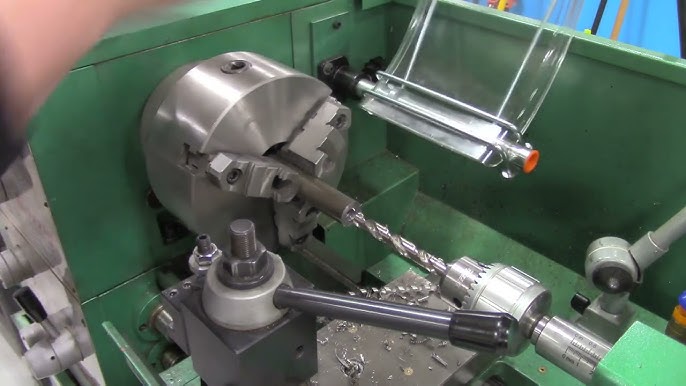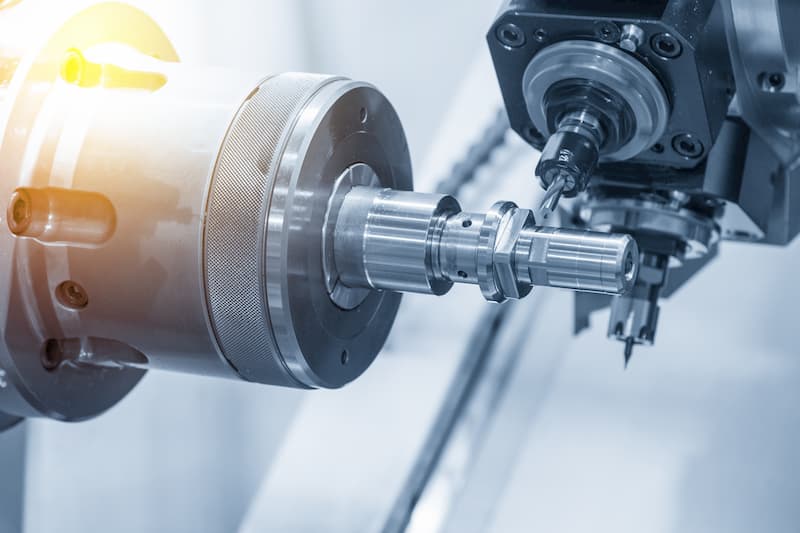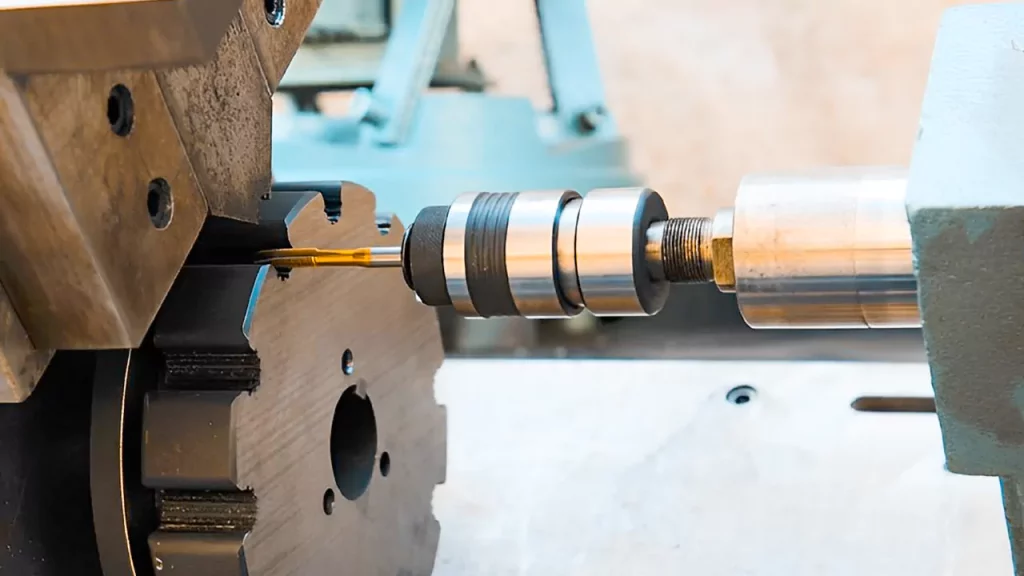In the world of machining, understanding how lathes are measured is crucial. Lathes are an integral part of the machining industry, used widely for shaping materials such as metal, wood, and plastic. This article delves into the details of measuring lathes and how this process impacts their performance and efficiency. If you are keen to learn more about this fascinating aspect of machining, you are in the right place.

What Are Lathes?
Before diving into the specifics of measuring lathes, it is essential to understand what lathes are. Lathes are machine tools used to perform various operations such as cutting, sanding, knurling, drilling, or deformation. The primary purpose of a lathe is to rotate the workpiece on its axis to execute these operations from various angles. [Learn more about lathes](https://strobox.ai/which-is-the-most-basic-of-the-manual-lathes-2/).
H2: Main Components of a Lathe
H3: Bed
The bed is the base of the lathe, providing support for all other components. It’s a critical element that needs to be sturdy and well-aligned.
H3: Headstock
The headstock houses the spindle and is responsible for holding and rotating the workpiece.
H3: Tailstock
The tailstock is located opposite the headstock, providing additional support for the workpiece during operations.
H3: Carriage
The carriage holds the cutting tools and moves them longitudinally along the bed.
H2: Why Measuring Lathes Is Important
When it comes to machining, precision is key. Measuring lathes accurately ensures that the final product meets the exact specifications required. This process is crucial for maintaining the quality and performance of the lathe. Accurate lathe measurements can lead to efficient production cycles, reduced material wastage, and improved safety conditions.
H2: The Different Methods of Measuring Lathes
H3: Swing Measurement
The swing measurement is the maximum diameter of the workpiece that can be rotated on the lathe without hitting the bed. This is one of the most basic measurements and helps users understand the capacity of the lathe.
H3: Distance Between Centers
This measurement refers to the maximum length of the workpiece that can be supported by both the headstock and tailstock. It gives a clear idea about the maximum size of the workpiece that the lathe can handle.
H3: Spindle Bore Diameter
The spindle bore diameter is the size of the hole passing through the spindle. This measurement helps in determining the maximum diameter of the stock that can be passed through the spindle for various operations.
H3: Bed Length and Width
The bed length and width are crucial for understanding the overall size and capacity of the lathe. The longer and wider the bed, the larger the workpieces that can be accommodated.
H2: Measuring Tools Used for Lathes
Several tools are used for measuring different components of lathes. Some commonly used measuring tools include:
H3: Vernier Calipers
These are precise measuring instruments used to measure the external, internal, and depth dimensions of objects.
H3: Micrometers
Micrometers are used for measuring small distances with high accuracy. They are essential for ensuring the precision of a lathe’s components.
H3: Dial Indicators
These are commonly used to measure the alignment and concentricity of components.
H2: The Role of Calibration in Lathe Measurements
Calibration is a vital process in ensuring that all measuring instruments are accurate and reliable. Regular calibration checks help maintain the precision of the lathe, ensuring consistent performance and quality.
H2: Industry Standards for Measuring Lathes
Various industry standards dictate how lathes should be measured and maintained. These standards ensure uniformity and help in maintaining high-quality output across different machines.
H2: Technological Advancements in Measuring Lathes
With the advent of new technology, measuring lathes has become more accurate and efficient. Advanced measuring tools and techniques have revolutionized the way lathe measurements are performed, leading to improved performance and productivity.
H2: Impact of Precise Measurements on Production
Precision in lathe measurements directly impacts the production process. Accurate measurements lead to high-quality products, reduced material wastage, and improved safety standards. This, in turn, enhances overall production efficiency.
H2: Common Challenges in Measuring Lathes
Despite the advancements in measuring techniques, several challenges still exist. These include difficulties in measuring large components, maintaining accuracy over long periods, and dealing with wear and tear of measuring tools.
H2: Solutions and Best Practices
To overcome these challenges, it is essential to follow best practices such as regular maintenance, calibration, and using high-quality measuring tools. Implementing these practices ensures the accuracy and reliability of lathe measurements.
H2: Future Trends in Lathe Measurements
The future of lathe measurements looks promising with continuous advancements in technology. Innovative measuring tools and techniques are set to enhance the accuracy and efficiency of lathe measurements further, paving the way for more precise and high-quality machining processes.

FAQs
Q: What is the swing measurement in a lathe?
A: The swing measurement is the maximum diameter of the workpiece that can be rotated on the lathe without hitting the bed.
Q: Why is calibration important in measuring lathes?
A: Calibration ensures that all measuring instruments are accurate and reliable, maintaining the precision of the lathe.
Q: What tools are commonly used for measuring lathes?
A: Some commonly used measuring tools include vernier calipers, micrometers, and dial indicators.
For further reading, you can explore this [external resource](https://www.mechmindset.com/2024/02/the-lathe-machine-versatile-tool-for.html?rel=nofollow) and this [article on Wikipedia about lathes](https://en.wikipedia.org/wiki/Lathe?rel=nofollow ).
To learn more about related topics, check out our articles on [high-speed genetic analysis](https://strobox.ai/high-speed-genetic-analysis-and-sequencing-monitoring/), [wafer polishing inspection](https://strobox.ai/high-speed-semiconductor-wafer-polishing-inspection-2/), and [semiconductor manufacturing inspection](https://strobox.ai/high-speed-semiconductor-manufacturing-inspection/ ).
